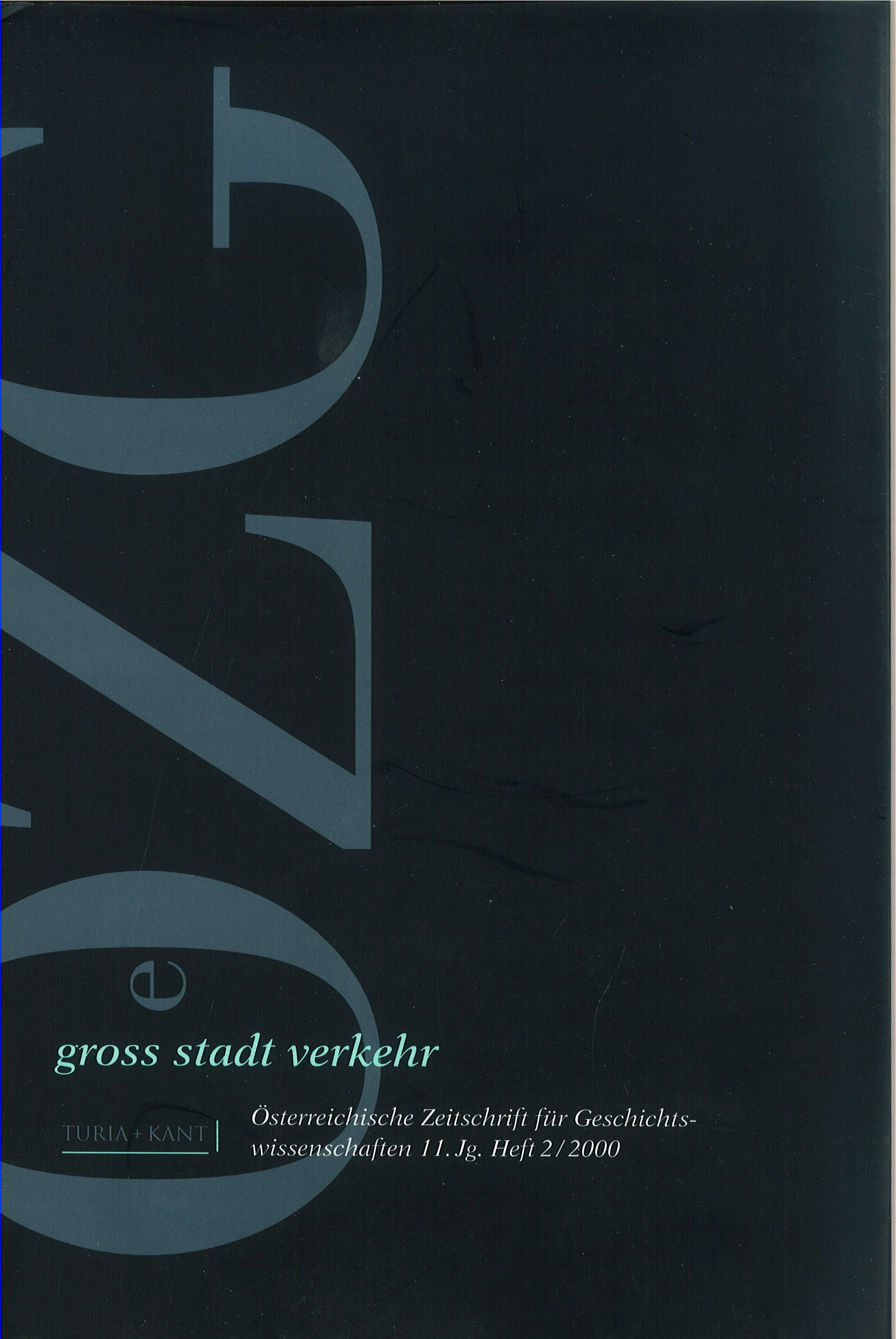How the Viennese travel
Tramways and other forms of public transport from 1945 to the present
DOI:
https://doi.org/10.25365/oezg-2000-11-2-5Abstract
This contribution looks at public transport in Vienna since 1945, paying particular attention to the means of transport themselves: in other words, the author investigates that part of the transport system with which the user most frequently comes into contact, namely trams, busses, and underground trains. The Viennese public transport system includes one of the largest tram enterprises currently in existence. This does not result from a conscious decision to plan out public transport on a !arge scale but rather from a peculiar determination to maintain the status quo in the decades after 1945. The replacement of old rolling-stock took place very slowly, and was oriented towards the imitation of German models, which were built under licence. lt was only in 1998, with the introduction of the >Low-Floor Tram<, that the Viennese tram industry was able to introduce a highly successful innovation of its own making (although it has tobe said that the responsible firm was bought out by Siemens while the product was still under development}. As regards the Viennese municipal railway's expansively designed metropolitan network, the construction of which was supervised by the architect Otto Wagner around the end of the 19th century, this has now been subsumed into three technically different systems. Of these the underground railway (U-Bahn) and the regional railway (Schnellbahn) have grown most in importance since the 1960s. The article looks in particular at the Viennese underground railway and analyses the planning philosophy behind it from the passengers' perspective.


